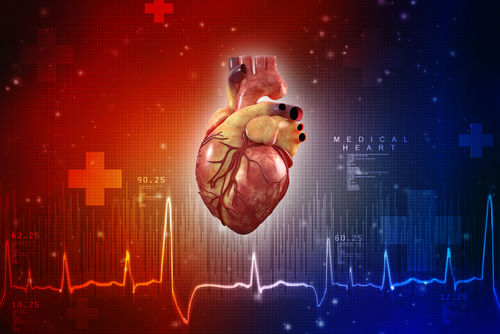FDA Grants ‘Humanitarian Use Device’ Status to Tool for PAH Biopsies, Supporting Possible Approval

The Endoarterial Biopsy Catheter (EABC), a tool for performing biopsies on lung artery walls to better evaluate pulmonary arterial hypertension (PAH) in people and responses to treatment, has been designated a humanitarian use device (HUD) by the U.S. Food and Drug Administration (FDA), its maker, Vascular Biosciences, announced.
This designation is given to medical devices intended to improve the treatment or assist in diagnosing people with rare disorders, defined here as diseases affecting fewer than 8,000 people in the U.S. every year.
The company is planning to apply for a humanitarian device exemption (HDE), which if given would allow the device’s use with PAH patients in the country.
“This is a major milestone in our continuing efforts to develop diagnostic solutions for Group 1 pulmonary arterial hypertension patients. We are excited to continue making purposeful strides towards the first clinical use of the endoarterial biopsy catheter,” David Mann, SEO of Vascular BioSciences, said in a press release.
Join the PH forums: an online community especially for patients with pulmonary hypertension.
EABC is designed to gather tissue samples from the inner layers of the pulmonary artery wall — the artery that connects the heart to the lungs — of people whose diseases are classified within the World Health organization (WHO) Group 1, which includes PAH.
Tissue biopsies collected with the EABC can be used to help determine disease status, signs of disease progression, and patients’ prognosis. It may also allow assessing tissue and molecular features associated with the disease that otherwise would be very difficult to determine.
“Assessing treatment response in PAH is necessarily delayed and indirect, based on repeat hemodynamic measurements and functional responses,” said Paul Yu, MD, PhD, an associate professor of medicine at Harvard Medical School, and cardiovascular medicine specialist at Brigham and Women’s Hospital. “A modality for assessing the histologic and molecular characteristics of pulmonary vascular lesions in PAH could allow tailoring effective treatments to individuals based on tissue diagnoses and responses, and could transform our understanding of the factors that contribute to the progression of disease.
“The endoarterial biopsy catheter being developed by Vascular BioSciences would greatly facilitate these important developments for PAH care,” Yu added.
Under the HDE program, any medical device given a humanitarian use device designation is eligible for review for marketing approval without its manufacturer having to provide scientific proof of its effectiveness. Under FDA regulations, all devices receiving HDE are subject to certain profit and use restrictions.







